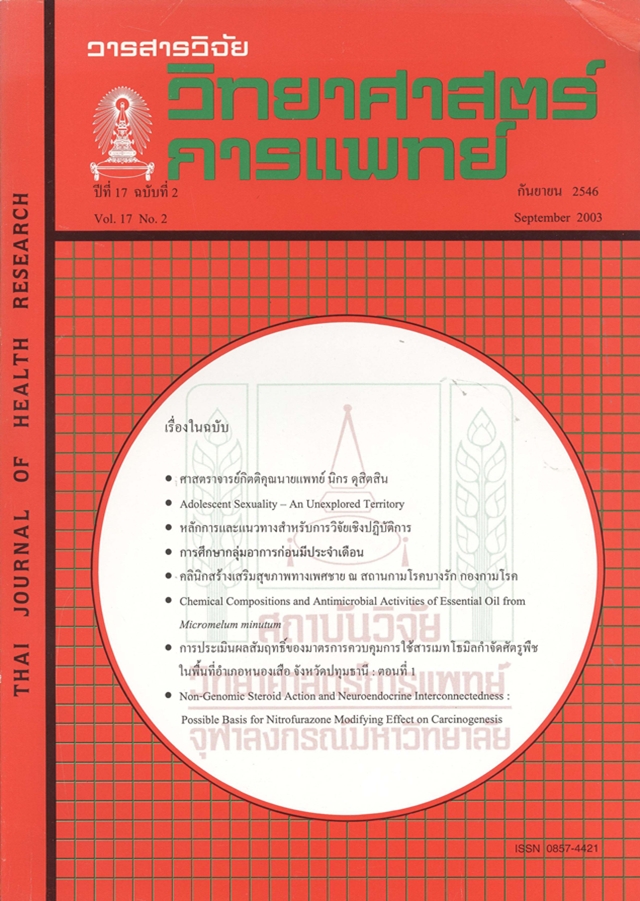Non-Genomic Steroid Action and Neuroendocrine Interconnectedness : Possible Basis for Nitrofurazone Modifying Effect on Carcinogenesis
Keywords:
steroid, non-genomic steroid action, nitrofurazone, carsinogenesisAbstract
Novel non-transcriptional mechanisms of signal transduction through steroid hormone receptors have been identified. These so-called 'non-genomic' effects do not depend on gene transcription or protein synthesis but involve steroid-induced modulation of cytoplasmic or cell membrane-bound regulatory proteins. Ubiquitous regulatory cascades such as mitogen-activated protein kinases (MAPKs), the phosphatidylinositol 3-OH kinase (PI3K) and tyrosine kinases are modulated through non-transcriptional mechanisms by steroid hormones such as progesterone and estrogen. The understanding of non-genomic steroid action can be applied to study the mechanisms of toxicity and mammary carcinogenesis by steroid-modulating agents such as nitrofurazone, an antimicrobial drug residue found in food stuffs of animal origin. At present time, the mechanisms of toxicity and mammary carcinogenesis by nitrofurazone remain to be clarified. The relation between nitrofurazone-exposed rats and increase in steroid levels has been reported.







